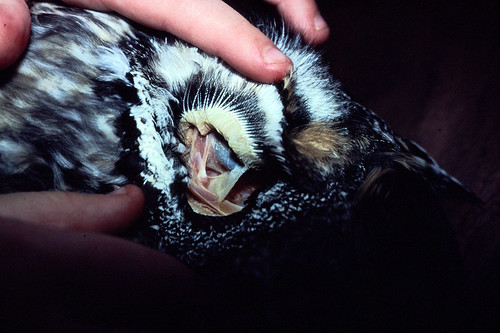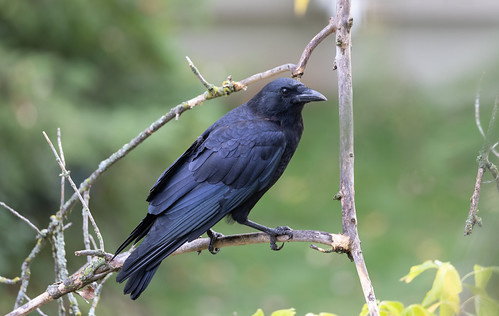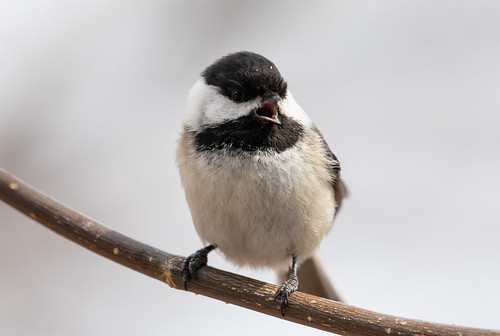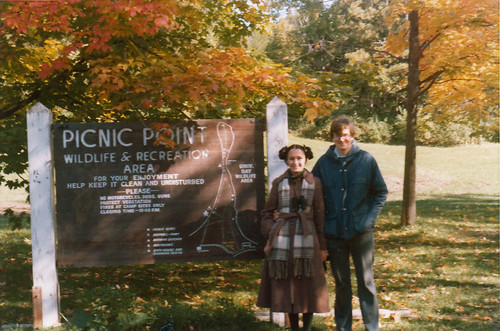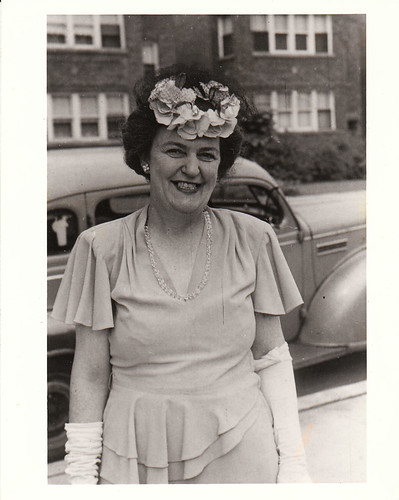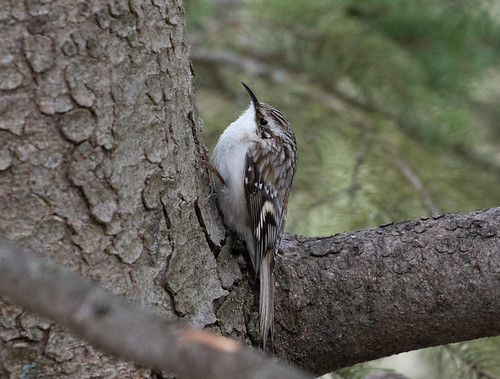This weekend, we mark the 30th anniversary of the record-smashing blizzard that fell on the Northland on Halloween 1991. Two feet fell in the Twin Cities, over three feet here in Duluth, and 45 inches in our neighboring Superior, Wisconsin—our blizzard was part of the huge system called "The Perfect Storm" on the Atlantic. Here the storm made a huge and lasting impression on everyone, from the adults who had to shovel and drive in horrible winter conditions so early in the season to the littlest school children. Naturally, many Minnesota news stories this week have been filled with reminiscences.
The snow started on Thursday evening while Russ was taking our kids trick-or-treating. I stayed home to hand out goodies to the intrepid few who showed up at our house, some bundled up so their costumes were entirely hidden. (I always sewed costumes to fit over a heavy coat and snowpants.) With so few kids showing up, I gave out more candy than usual to each—something that other people apparently did, too, because our kids came home with an exceptionally large haul.
The snow continued all night and through the next day, and trading candy and eating it were fine activities to fill the time until Russ and I could finally clear enough snow from the front and back doors to open them so the kids could play in that unbelievable winter wonderland. Schools were closed Friday, but the snow was so very deep that the plows had trouble clearing it all away—as I recall, Monday was also a snow day, and when the kids went back to school on Tuesday, they had to be sent home early because it snowed again. That snowfall was pretty insignificant, but so much snow was already piled up along roads that there was nowhere to push the new stuff.
Anyone who has ever experienced a blizzard knows that snow depth varies crazily due to wind-blown drifts. The piled-up snow against the front and one side of our house obliterated the windows in Russ’s and my downstairs bedroom. They stayed covered up, our bedroom as dark as night even at noon, for months—it was hard enough clearing away the snow from the porches and driveway. The kids had great snow hills to sled down the whole winter. We kept a path open in the backyard for me to fill the feeders and let our dog Bunter out.
The storm was hard on a lot of people, and also caused bird mortality, particularly for owls. I heard from a few Duluthians who found dead owls while shoveling out. October is the migration season for them, especially saw-whets and Long-eared Owls, both way to small and lightweight to possibly capture rodents buried under three feet of snow. One radio listener brought me a dead Long-eared Owl. The poor thing was beyond caring, so I photographed its ears, hidden beneath its facial disks. I’ve been using those photos in programs ever since, but I still felt cosmically sad for the poor thing.
That weekend, I got a call from the Lakeside tool house where plows and other city equipment are kept, a few blocks from my house. Someone had been out in the parking lot when a duck literally dropped out of the clear blue sky. I went over and got it—an exhausted female goldeneye whose wings had iced over in flight. The poor thing had to spend a few days in our bathtub. She was fine after pigging out on minnows, dog food, and over $20 worth of brine shrimp, but she'd need a running start to get aloft again, and it was about a week before we could get to any part of the lakeshore to release her—even after the roads were plowed out, who was going to shovel a path to a beach? We had only one bathroom, so I had to scoop the little duck into a box whenever anyone needed the tub. My in-laws managed to drive here from Port Wing before we could let her go, and oops—I forgot to mention she was in the bathtub until after my mother-in-law let out an unexpected scream.
Most early snowfalls melt before winter settles in, but in 1991, the ground stayed snow-covered from that last day in October all the way into spring. That was back when my bird feeders were always full, and I remember that winter as rather idyllic, with fine backyard birding for me and great sledding and snow fort fun for the kids. But my most vivid memory is still that poor duck in the bathtub and how happy she looked when she swam away at last.


